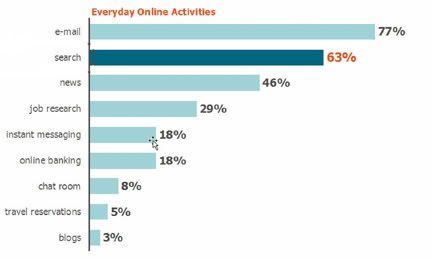On May 26, 2009 in Helsinki, Finland the Charleston City Marina was awarded the 2009 Jack Nichol Award for Design. This international award is presented annually by PIANC in recognition of excellence in modern recreational marina design, and is named for the late renowned marina designer, Jack Nichol. Established in 1885, PIANC is an organization providing guidance and a forum where professionals can provide expert advice on cost effective, reliable and sustainable infrastructure, and facilitate growth of waterborne transport.
“After considerable discussion and evaluation of the applications,” states Elio Ciralli of PIANC, “the Charleston City Marina best represented the technical, functional, aesthetic and environmental award criteria.”
Robbie Freeman, Managing Partner of the Charleston City Marina adds, “With credit to Applied Technology & Management, our marina design consultant, The City Marina’s transformation has set many new standards for recreational facilities. It is truly an honor to receive this global recognition after years of ongoing improvements.”
The reason I say that this is important for North America is because the United States and Canada have a very large recreational marina community, most of which has been in use for many years. In the large vessel and megayacht category, overseas marina projects seem to be getting a large portion of the media coverage. This is warranted because in many of these places, like the United Arab Emirates or Central America there is little marina infrastructure, so they can start fresh with the latest floating dock systems, “in-slip” high speed fuel systems and electronic pedestal devices.
In North America, there really aren’t many coastal areas where a new marina can come out of the ground. Therefore existing marinas must be re-built, thus displacing an already loyal customer base who utilizes the existing slips (berths) and marina amenities. However there are some shining examples of marina redevelopment projects that deserve attention. Two of them are just a few miles from the DockMaster offices: Old Port Cove Marina and Rybovich Shipyard and Marina.
Congratulations goes out to The Charleston City Marina for this well deserved recognition from the PIANC as a world class marina destination.
